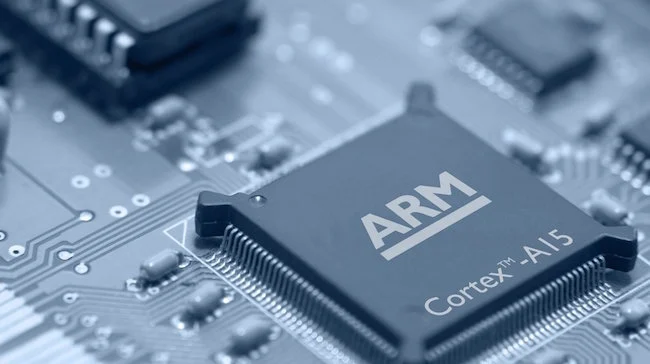The shift toward ARM processors in laptops reflects advancements in efficiency, performance, and market trends. ARM-based chips, which power most smartphones and tablets, are increasingly adopted in laptops due to their unique advantages.
1. Energy Efficiency
ARM processors are designed with efficiency in mind, offering extended battery life. Their architecture uses smaller, simpler instruction sets, reducing power consumption. This makes ARM ideal for ultraportable laptops where battery longevity is crucial.
2. Performance Improvements
Recent ARM designs, like Apple’s M1, M2, and Qualcomm’s Snapdragon processors, deliver high performance comparable to x86 processors (like Intel and AMD) while maintaining energy efficiency. The ability to integrate high-performance and low-power cores optimizes performance for multitasking and intensive applications.
3. Cost-Effectiveness
ARM processors are generally cheaper to manufacture because they rely on a licensing model, allowing manufacturers to customize chips. This flexibility reduces costs, making ARM a competitive option for budget and mid-range laptops.
4. Integration with Mobile Ecosystems
ARM chips support seamless integration with mobile operating systems like iOS and Android. Laptops running ARM processors can better handle cross-platform applications and enhance compatibility with mobile-centric tools, boosting productivity.
5. Fanless and Slim Designs
ARM processors produce less heat, enabling laptops to adopt fanless designs. This reduces noise and allows manufacturers to build slimmer, lighter devices, appealing to users seeking portability.
6. Adaptation to Software Ecosystems
Major operating systems like Windows, macOS, and Linux have optimized their software for ARM. For example:
- Apple’s transition to ARM with the M1 chip led to a performance leap while retaining compatibility through technologies like Rosetta 2.
- Microsoft has improved Windows on ARM, offering better app support and user experience.
7. Push Toward a Unified Architecture
Companies like Apple are creating a unified ecosystem where devices across categories (phones, tablets, laptops) use ARM chips. This streamlines development, reduces costs, and enhances the user experience.
8. Focus on AI and Machine Learning
ARM processors excel at AI-related tasks due to built-in Neural Processing Units (NPUs). As AI integration becomes a focus for productivity and entertainment, ARM-based laptops can better handle these workloads.
Challenges and Limitations Despite their advantages, ARM processors face hurdles:
- Compatibility: Some legacy x86 applications may not run natively on ARM-based systems, requiring emulation.
- Performance for Specialized Tasks: ARM may lag behind high-end x86 CPUs in tasks requiring raw computational power, such as professional video editing or 3D rendering.
Conclusion
The move toward ARM processors in laptops signifies a major shift in computing priorities, emphasizing efficiency, portability, and integration with modern ecosystems. As ARM technology evolves, it’s poised to become a dominant force in laptop design.
For more insights into ARM-based laptops and their potential, check out Psero.com.

